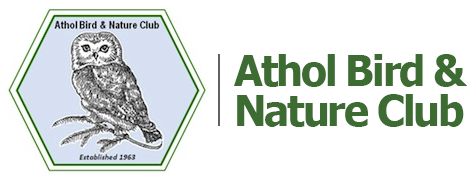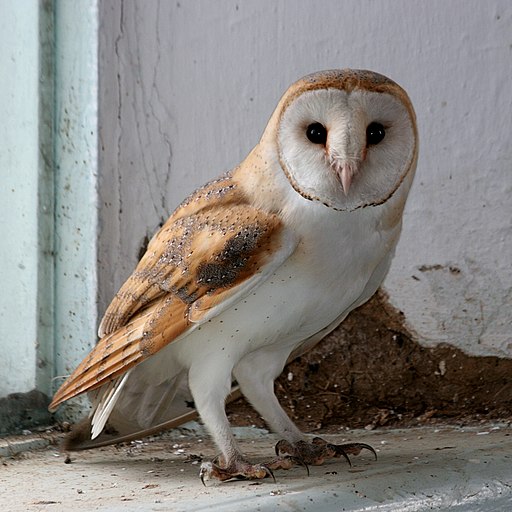Barn Owl
Tylo Alba
Written by Kathy Richards
The barn owl is often called the Sweetheart Owl for its heart-shaped facial disc. It is one of the few owls without feathers on its feet. It probably has the best hearing of all owls. Its ears are symmetrical by covered asymmetrically by feathered skin flaps that are controlled by muscles that work independently of one another.
This owl is rare in MA. The last known nesting attempt in Western MA was in 1981. It is a Species of Special Concern. It is primarily found along the coastal plains from Newburyport to the Cape and Islands. It has occasionally been found in the Connecticut and Housatonic river valleys.
HABITAT:
They prefer semi-open areas that are also low in elevation. This includes farm fields, salt marshes, and wet meadows. They are also known to prefer old barns, silos abandoned buildings, old animal burrows (fox and woodchuck), protected holes in banks and cliffs as well as nest boxes.
This owl prefers warmer climate and milder winters to those of New England. Unfortunately it will succumb to cold and starvation rather than migrate. Changes in Agricultural practices have likely contributed to this owl’s decline.
NESTING:
The barn owl is a cavity nester. Eggs are laid from late Feb to early July. The typical clutch size is 5-7 eggs but can have as many as 11. They will lay 1 egg and then a few days later another and a few days later another then one a night for the next eight nights. Incubation starts after the 3rd egg is laid.
Nests are usually in man-made structures. They will also nest in holes in the bluffs on Martha’s Vineyard, facing the sea.
BEHAVIOR:
Rodents (mostly voles) and other small rodents, large insects such as katydid and crickets, frogs, snakes, crayfish and small birds
FOOD:
Mice, voles, small mammals, amphibians, insects and small birds.
PREDATORS:
People and great horned owl.

